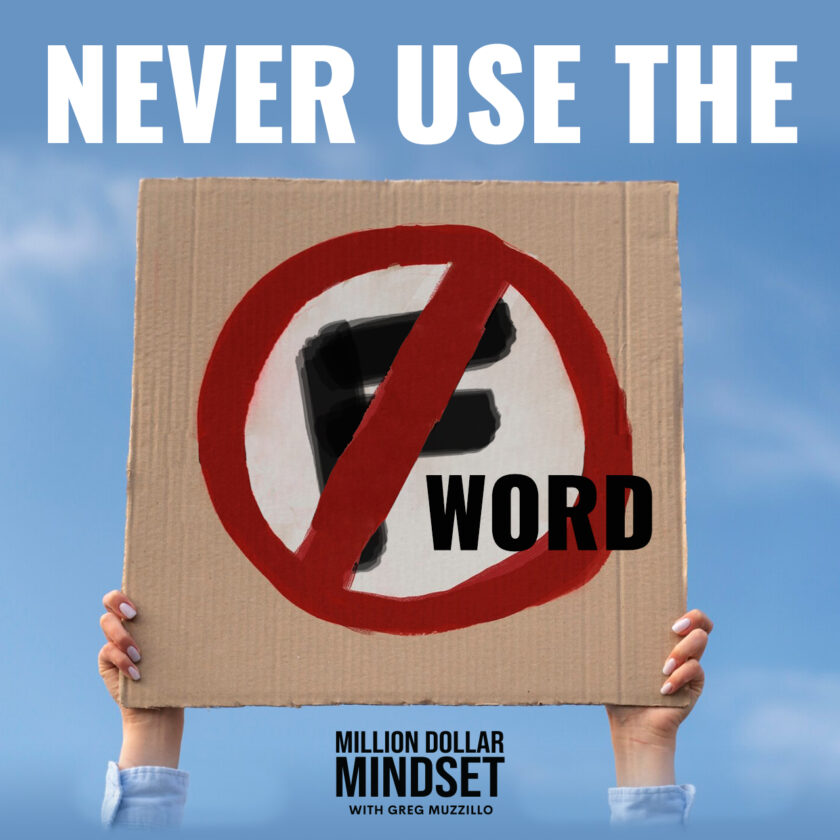FOR MANY AMERICANS, work and personal life have become indistinguishable. Living according to the business motto, “it’s who you know,” has blended friends and colleagues together. Perhaps the biggest changes are the result of technology. Wireless communications enable people to work on the road or in a café just as easily as if they were in the office. All the needed resources and capabilities of modern working society now fit into a briefcase.
Working from home is increasingly popular for employees of major corporations as well as for small business owners and the self-employed.
Office and desk items are changing to keep up with the times. There are several ideas currently popular in the market. According to Lindsay Hoylman, marketing specialist at Leed’s, New Kensington, Pa., office and desk items are becoming more “aesthetically pleasing.” These items stress “the importance of being organized,” said Hoylman. To ensure the items are not discarded, they are designed for both use in the office and the home, or home office, as the case may be.
Tim Bohmer, vice president of sales and marketing at Webb Company, Rosemount, Minn., asserted a similar sentiment: “To make a desk or office item a lasting success, the products need to project quality, serve a purpose and be fashionable to the office space or user,” he said. “Products that meet all of these criteria will experience a longer life cycle with the end-user.”
Office space in the home tends to be limited. In the corporate office, space is also at a premium. Cubicles are the norm for most office workers and the space between cubicles is not increasing. One of the challenges for the manufacturers of office and desk items is to create pieces that meet strict criteria for size and function. These specifications are not spoken or written. They are imposed by end-user preferences. “The concerns moving forward are that desk space, whether office or cubicle, is at a premium and products must be unique, offer multiple functions and take a minimal amount of space on the desk to be effective,” Bohmer commented. Hoylman agreed that “extra functionality” is key to the longevity of current office and desk items.
As of late, there are a few unexpected office and desk trends. “Buyers have become increasingly interested in weather functions on desk products,” noted Bohmer. “The interest in the weather functions may be the result of the major weather catastrophes worldwide over the past few years.”
One seemingly paradoxical trend was noticed by Tim O’Boyle, vice president of sales at Journalbooks, Charlotte, N.C. “We find that the tech sector buys a lot of journals and calendars,” noted O’Boyle. “The technology explosion has had a very positive effect” on journals and notebooks. He said, even though people rely on electronics “they still like to have a backup.” No matter what the business, “people still like to have things they can write on.”
One of the selling points of journals as office and desk products has been the quality of the imprinting. “Because you can imprint custom pages,” O’Boyle said, “you can create different niche products for different industries very easily.”
Bohmer also noted the effect of the print process on sales. “Digitally printed products have experienced a tremendous amount of activity from end-users,” he pointed out. “The ability to do multiple color imprints [and] reproduce photographs or images enhances the visual appeal of the product.”
Working in conjunction with imprint capability, style also plays a role in an item’s success. Leed’s has found continuous success with leather products and Journalbooks has also found success in leather items. “Within the promotional products industry, leather is always going to have a special place in our hearts,” said Hoylman, adding that a nicely debossed leather item is “timeless.”
Staple items will adapt to changing office desks and other items are meeting the needs of mobile offices. “I don’t think that the pure traditional desktop and office items are changing,” said Hoylman. “I think that it’s actually cropping up a whole new set of subcategories and categories around travel.”



